Vacuum forming, also known as thermoforming, vacuum pressure forming or vacuum molding, is a procedure in which a sheet of heated plastic material is shaped a certain way. The mold used to shape the plastic material is also known as a “buck.” Vacuum forming is a type of pressure forming process, and is one of the oldest plastic forming methods. Read More…
Valk’s policy is “to meet or exceed our customer’s requirements, working together as a team with honesty and integrity.” Valk’s success is due to their long standing focus on quality & customer service.
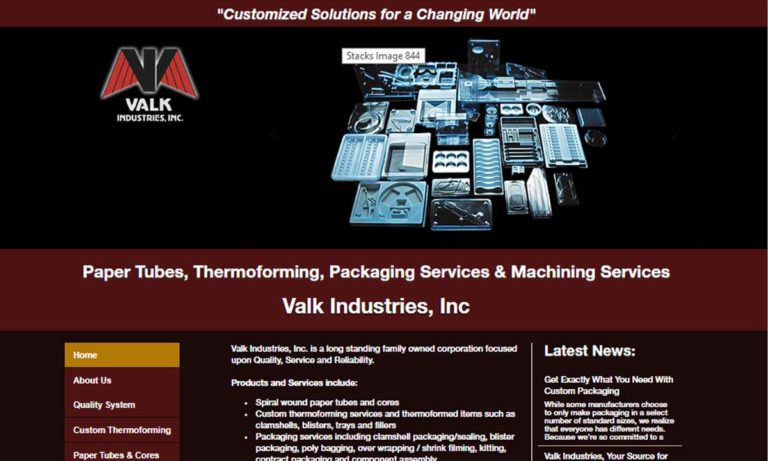
Since 1960, Profile Plastics Inc. has been at the forefront of thermoforming technology. Utilizing the latest software and technology, our expert staff of engineers can design custom vacuum, pressure, and twin-sheet thermoformed solutions. Over the last 60 years, we have developed a process that allows us to deliver consistent, high volume, and precise products with superior quality. Our high...
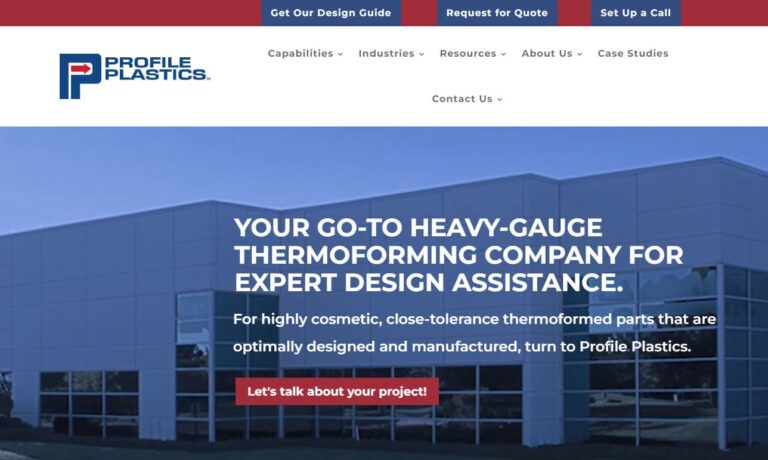
Quality Plastics has been a leading manufacturer of vacuum forming since 1976. Whether you need a small batch of custom vacuum-formed parts or a large-scale production run, we have the capabilities and expertise to deliver. We are committed to providing our customers with exceptional vacuum-formed products and services that meet their needs and exceed their expectations. Contact us today to learn ...
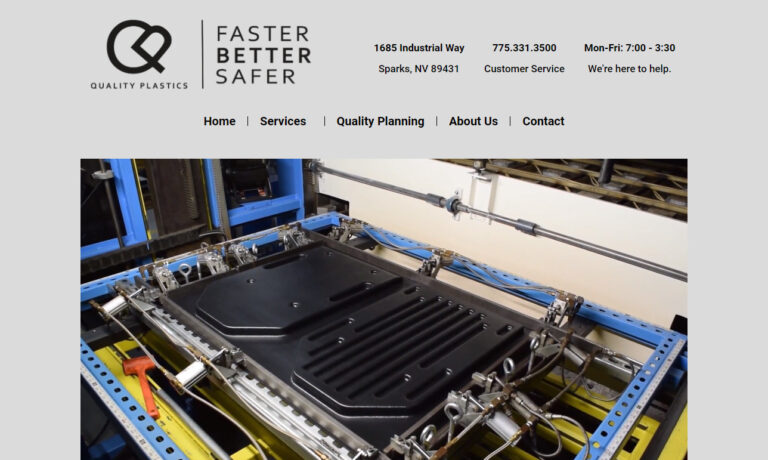
Engineered Plastic Products custom forms & fabricates sheet thermoplastic materials, standard & specialized, for any number of industrial & commercial requirements. EPP has been widely recognized for outstanding manufacturing & service since 1958 for companies such as GE, NASA & AT&T. Custom fabricated parts can be as large as 72"x108" down to 2"x2" in any thickness up to 1 1/2". Post-forming...
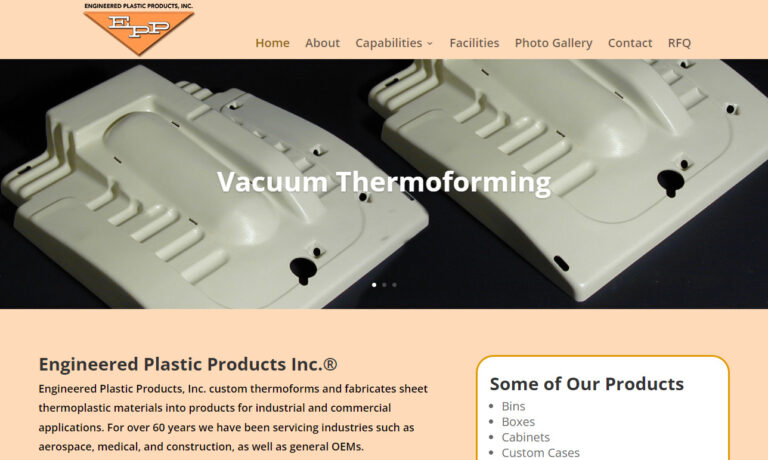
At Lerner Molded Plastics, we specialize in crafting high-quality vacuum-formed products tailored to meet the diverse needs of our clients. With years of expertise in the industry, we take pride in our ability to deliver innovative solutions that exceed expectations.

RapidMade is a leader in thermoforming and vacuum forming solutions, offering unmatched customer experience, quality, and speed. We cater to diverse needs with a broad material and equipment portfolio, ensuring cost-effective, engineered parts. Trust us for reliable, timely delivery of your small to medium batch plastic projects, meeting the highest industry standards. Choose RapidMade for...
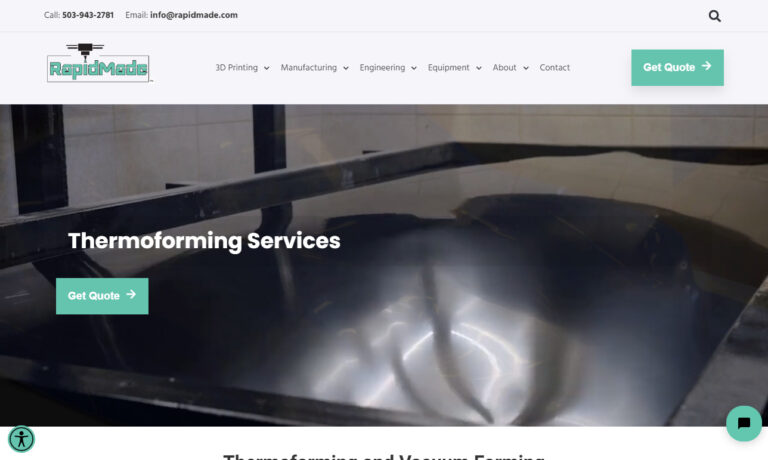
At Designcraft, we pride ourselves on being pioneers in the field of innovative design and manufacturing solutions. We specialize in vacuum forming, a versatile and cost-effective method for creating high-quality plastic components. Our team of skilled engineers and designers work tirelessly to ensure every product we produce meets the highest standards of precision and durability.

Robinson Industries offers thermoformed and injection molded reusable, heavy duty plastic pallets, packaging and more. We are one of the largest suppliers of reusable pallets to many industries.
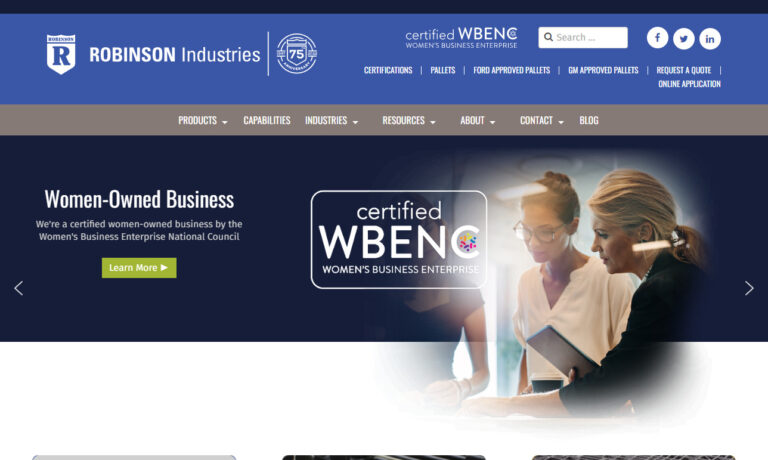
More Vacuum Forming Companies
Vacuum Formed Plastic Applications
By employing vacuum form techniques, manufacturers produce a diverse array of vacuum-formed plastic components and products.
Various industries benefit from vacuum forming processes, including telecommunications, security, cosmetics, automotive, appliances, medical, electronics, sporting goods, and food and beverage sectors, among others.
Products Produced from Vacuum Formed Plastics
Vacuum-formed plastic finds its way into an impressive array of everyday items and specialized products. You can spot it in car components like bumpers, windshields, door interiors, and wheel hub covers. It’s also crucial in the interiors of space shuttles and agricultural machinery. Gardeners benefit from seed trays made with this process, while animal containers, drainpipes, and roof lights are also commonly formed this way. In the medical and home sectors, you’ll see vacuum-formed plastic in pressure masks, shower surrounds, bathtubs, and even point-of-purchase displays. Dentists use it for castings, while it’s indispensable in making prosthetics, furniture, wheelchairs, cosmetic trays, and cutlery.
Furthermore, vacuum forming techniques are frequently employed to create plastic packaging, which serves both to protect products and to enhance their visual appeal. Plastic packaging generally falls into three primary categories: blister packs, clamshells, and plastic trays.
Blister packs, the first category of plastic packaging, encompass various types used predominantly in the pharmaceutical industry. They are ideal for unit-dose packaging of capsules and tablets, offering protection and tamper resistance to meet shelf life requirements for certain applications.
Clamshell packs are notably distinct from blister packs. A key difference lies in the clamshell’s unique design: it features two halves of a plastic shell connected by a hinge, creating a secure enclosure for an item. This type of packaging is intentionally designed to hold items securely, often making them challenging to open by hand. In fact, opening some clamshell containers may even require tools like a knife or scissors.
Plastic trays, also known as blister trays, are shallow containers with slightly raised edges, resembling a flat sheet. The most prevalent varieties include plastic storage trays and plastic food trays. Their main purpose, achieved through vacuum forming, is to display, carry, or hold items such as glassware or food.
History of Vacuum Formed Plastics
Thermoforming, in its various forms, has a surprisingly ancient lineage. The Romans pioneered an early version of this technique by molding different utensils from heated tortoise shells. These imported shells, rich in keratin, became pliable under the application of hot oil, allowing the Romans to shape them into desired forms.
John Wesley Hyatt pioneered the path to modern vacuum plastic forming with his groundbreaking discovery of celluloid, the first artificial plastic. After patenting the process in 1870, he and his brother delved into experiments and found that heating celluloid in molds allowed them to shape it into various forms, such as sheets and rods.
The practice of heating plastic material and shaping it over a mold led to the development of thermoforming in the 20th century. During the 1940s and 1950s, advertisers and retailers started utilizing vacuum-molded and vacuum-cast plastics for displays and marketing purposes. They also employed plastic vacuum forming to produce lids, containers, and various food packaging. In 1950, engineers patented a thermoform machine capable of creating items from thin plastic sheets, soon followed by a series of vacuum molding machines.
In 1964, engineers introduced an enhanced vacuum forming machine for plastic sheets, securing a patent for their innovation. This machine utilized a blend of vacuum pressure and molding techniques to eliminate excess air. However, within a decade, technological advancements rendered this method outdated.
In 1974, engineers introduced a groundbreaking vacuum molding machine designed for crafting plastic signs. This innovative model featured a movable heater, a frame to hold and soften the plastic, a forming bed for the mold, a vacuum system to evacuate air from the space between the plastic and the bed, and a mechanism to raise and lower the frame, equipped with channels to guide air out of the system. This design marked a significant leap forward in efficiency and precision compared to its predecessor.
Today, vacuum forming technology operates much like it did back in 1974. However, the key difference in modern vacuum forming lies in the materials used. Today’s vacuum forming processes utilize a far broader array of materials, including advanced options like fiberglass, which were either unavailable or impractical in earlier decades.
Vacuum Formed Plastic Materials Process
A wide variety of thermoplastic materials are suitable for vacuum forming, with the choice of material depending on the intended application of the final product. Common plastics used in vacuum forming include polyester, HDPE, LDPE, polypropylene, polystyrene, ABS, acrylics, polycarbonate, and Kydex.
Polyester
Polyester, a polymer celebrated for its versatility, low toxicity, and recyclability, is widely used in various applications. Among the common vacuum-formed polyester plastics are food pouches, beverage containers, processed meat packages, and other types of food containers.
HDPE
High-density polyethylene (HDPE) is a type of polyethylene made from petroleum. Known for its impressive strength-to-density ratio and tensile strength, HDPE is both recyclable and resistant to various solvents. However, its primary disadvantage lies in its difficulty to mold. Common uses of HDPE include plastic bags, margarine tubs, milk bottles, cereal box liners, and detergent bottles.
LDPE
Low-density polyethylene (LDPE), first created in 1933, is the oldest type of polyethylene. At room temperature, it remains non-reactive unless exposed to strong oxidizing agents. While certain solvents can cause it to swell, LDPE is known for its toughness and flexibility, although it doesn’t match the strength of high-density polyethylene (HDPE). Despite being somewhat challenging to handle, LDPE is widely used in various products, including squeezable food bottles, plastic bags, shrink wrap, and garment bags.
Polypropylene
Polypropylene is a tough and durable thermoplastic polymer, known for its resistance to a broad range of acids, solvents, and bases. Not only is it flexible and heat-resistant, but it’s also the second most widely manufactured synthetic plastic globally. This versatile material finds its way into various applications, including the production of medicine bottles, container caps, and yogurt containers.
Polystyrene
Polystyrene (PS), especially in its high impact form, is a widely manufactured and budget-friendly plastic. It comes in both solid and foamed varieties, with Styrofoam being a well-known example of the latter. Polystyrene is often found in everyday items like plastic cutlery, fast food trays, egg cartons, and CD cases. Despite its availability, polystyrene poses significant environmental challenges due to its slow decomposition rate, frequently ending up as persistent litter.
ABS
Acrylonitrile butadiene styrene, commonly known as ABS, is a resilient and stable material with impressive impact resistance. It boasts greater strength than pure polystyrene. Manufacturers can tweak its formula to enhance its toughness and heat resistance even further. Many vacuum-formed ABS products are designed for household or general consumer use.
Acrylics
Acrylic plastics are celebrated for their remarkable optical clarity, often so transparent that they can be mistaken for glass. This exceptional transparency makes vacuum-formed acrylics popular substitutes for glass in beverage containers. Beyond their clear, glass-like appearance, acrylic plastics can be dyed in various colors, expanding their use to medical products and kitchenware. On the other hand, while ABS (Acrylonitrile Butadiene Styrene) performs admirably under high heat, it falters in cold environments and lacks protection against UV radiation.
Polycarbonate
Polycarbonate is an incredibly robust and impact-resistant thermoplastic resin. Usually transparent, it excels at transmitting light. This material is also easy to thermoform while retaining its shape. Polycarbonate sheets can be molded into various applications, including CDs and DVDs, shatterproof display cases, bulletproof security barriers, airplane panels, and more.
Kydex
Kydex is a specialized thermoplastic sheet crafted from PVC, designed explicitly for thermoforming. This material boasts rigidity, durability, and chemical resistance, making it highly versatile. Available in thicknesses ranging from 0.028 inches to 0.500 inches, Kydex can be molded into a variety of products such as trays, tote boxes, insulators, housings, kick plates, door liners, truck fenders, and more.
Things to Consider When Selecting a Mold Material:
Rigidity – Consider whether your mold needs a bit of flexibility or if it has to be very stiff.
Appearance – Is the allure of aesthetic features more significant than the essential qualities of strength and durability?
Cost – Tooling costs and additional expenses should be noted before making a purchase. Instead of concentrating on short-term plans, focus on projecting your estimates for long-term goals.
Compatibility – Consider the potential materials that might interact with your mold carefully. They must be capable of enduring any reactions that may occur under those conditions.
Vacuum Formed Plastic Process Details
Vacuum forming involves eight steps: clamping the material, heating it, leveling the sheet, pre-stretching, vacuuming, plug assisting, cooling and releasing, and finishing.
1. Clamping
During the clamping process, manufacturers secure the plastic sheet within a robust frame. This frame must be capable of accommodating the thickest plastic sheets intended for use with that specific machine. Ensuring the frame’s strength guarantees that the plastic sheets remain firmly in place throughout the forming process.
2. Heating
Next, manufacturers employ infrared or radiant heating elements to warm the plastic sheets. Typically, these heaters are adjustable, allowing manufacturers to position them precisely above the sheets. More advanced machines can heat the sheets from both the top and bottom, a feature that’s only essential for the thickest sheets.
3. Sheet Leveling (Optional)
Sheet leveling is a specialized step in the vacuum forming process, employed exclusively by machines equipped with bottom heaters. In this phase, a photoelectric beam scans the area between the bottom heater and the plastic sheet to ensure the plastic remains taut. Should the plastic begin to sag and interrupt the beam, a small burst of air is released to gently lift the sheet back into place.
4. Pre-Stretching (Bubbling)
Pre-stretching occurs once the plastic has reached a malleable state, hitting the vacuum form temperature. At this stage, the machine uses air pressure to inflate the sheet into a small bubble before the mold is elevated to meet it. This process aims to regulate bubble height and ensure uniform wall thickness.
Note: Not all systems are equipped with pre-stretching capabilities.
5. Vacuuming
During this phase, a vacuum pump extracts the air trapped between the plastic sheet and the mold. This causes the plastic to conform snugly to the mold, adopting its shape and intricate details.
6. Plug Assisting
During plug assisting, a plug descends, pressing the material further into the mold. This action ensures the material spreads uniformly, allowing it to shape correctly and maintain its form.
7. Cooling and Releasing
Once the shape is formed, manufacturers let it cool and harden. Once it has cooled, they release it from the machine. The cooling process can be lengthy, so they often employ additional tools to expedite it, such as fans and mist sprays.
8. Finishing
At last, manufacturers refine the product to perfection. They meticulously trim away any excess materials and engage in a series of finishing processes such as drilling, decorating, slotting, creating cutouts, printing, polishing, strengthening, and assembling.
Vacuum Formed Plastic Design
Manufacturers tailor products and select forming processes in response to customer specifications, which include the type of product, the required quantity, the dimensions, and the thickness. There are various methods to personalize vacuum-formed plastics, including embossing and engraving markings or text.
Vacuum Formed Plastic Machinery Used
Vacuum Formers
The equipment utilized in vacuum forming differs depending on the application, but typically, vacuum forming machines are equipped with integrated heaters and vacuum pumps. Generally, these heaters consist of infrared elements mounted on an aluminum plate. However, in more advanced operations, manufacturers might opt for quartz heaters. Due to their lower thermal mass, quartz heaters can operate more rapidly.
Finishing/Trimming Tools and Machinery
To complete the product, manufacturers have a variety of tools and secondary machinery at their disposal, including heated knives, trimmers, handheld power routers, scalpels, roller presses, guillotines, punch presses, as well as vertical and horizontal band saws.
CNC Machines
Moreover, the majority of vacuum forming systems are equipped with CNC technology, enhancing the precision of forming, marking, and custom-creating plastic parts to the same standard as injection molding. Additionally, CNC machines contribute to temperature control, ensuring consistent and high-quality output.
Vacuum Formed Plastic Variations and Similar Processes
This method entails heating two individual plastic sheets and fusing them to create a hollow structure.
Vacuum Packaging
Vacuum packaging distinguishes itself from other packaging forms by serving both as a type and a method. This technique is employed when products need to be stored without air exposure, such as airtight water bottles or food packs. By creating a vacuum environment, oxygen is removed from the packaging, thereby preserving the contents.
In-Line Thermoforming/Roll-Fed Thermoforming
These procedures entail directing a plastic sheet from either an extruder (in-line thermoforming) or a roll (roll-fed thermoforming) into a series of chains. These chains are equipped with spikes that pierce the sheet, guiding it into an oven to reach the desired temperature. Once heated, the sheet is transported to a forming station, where it is enclosed between a matching mold and a pressure box. The form station employs a vacuum system to ensure an airtight environment, with ventilation holes linked to vacuum lines. A plastic sheet is drawn into a recessed, or female, mold, compelling the flexible plastic to conform to the mold’s shape. To release the plastic from the mold, a quick burst of reverse air pressure can be used to break the vacuum. After removal, the sheet containing the formed plastic is trimmed at a trim station or trim press.
Basics of Thermoforming
Plastic thermoforming is a versatile process that allows for the creation of highly customized plastic products. This method can accommodate a broad spectrum of product configurations, from straightforward cylinders to intricately shaped chairs. Its adaptability makes plastic thermoforming an excellent choice for various industrial applications. Moreover, it operates at much lower molding pressures than other plastic production methods, resulting in reduced tool costs and faster tool designs. Most thermoforming tools are made from cast aluminum, making them more economical than tools used in other plastic forming processes.
Thermoforming is a fabrication process that involves heating a material, typically a plastic sheet, until it becomes pliable. This heated material is then stretched over a specific mold to take its shape. Once the material cools and solidifies, it is removed from the mold. Molds used in this process come in two types: positive (male) molds and negative (female) molds. The male mold features a convex shape, ideal for creating the interior contours of a geometric design. On the other hand, the female mold has a concave shape, perfect for forming the exterior contours of the design.
Industries that Use Plastic Thermoforming
Home Usage Products
The market is brimming with affordable modular chairs, kitchen tables, and uniquely designed bowls, all made possible by plastic thermoforming technology. For instance, in many kitchens, plastic boxes have become the go-to for storing snacks, flour, and other essentials. This shift extends beyond storage solutions; thermoforming has revolutionized common kitchen components like doors, countertops, and cabinets. The demand for these plastic-based kitchen setups is soaring, thanks to their superior durability and longevity compared to traditional wooden materials.
Automobile Industry
While metals dominate the automobile industry, plastics still play a crucial role in car manufacturing. The lightweight nature of plastics is a significant advantage, as it enhances fuel efficiency by reducing the vehicle’s overall weight. Thermosetting plastics, in particular, shine in this context, offering the perfect blend of strength, design flexibility, and lightness. Many car components, including doors, front modules, handles, and backseat frames, incorporate a significant amount of plastic. Similarly, the internal structures of two-wheelers and three-wheelers are predominantly made of plastic. A process called vacuum forming is commonly used to manufacture plastic frames and sheets, such as those used for doors and handles. Additionally, hollow objects that require an enclosure, like fuel tanks, are produced through a technique known as rotational molding.
Transportation Industry
The transportation industry has a significant demand for protective cylinders and cuboidal tanks to ensure safe transit over long distances. These tanks are crafted from plastics like polyethylene, polypropylene, nylon, and PVC. These materials are ideal due to their impressive strength-to-weight ratio, resistance to degradation, affordability, and swift production times. Plastic thermoforms offer versatile applications within the transportation sector, spanning from local trips to international journeys. In the aerospace industry, plastics are used to reduce the frame weight and increase cargo capacity. This application extends to mass transit systems as well. For example, many components of buses and trains, including seats, sleeping berths, and window casings, are constructed from plastics.
Electronic Casings
Electronic gadgets often boast a sleek protective casing. From the tiniest systems like remote-controlled cars, where both the remotes and cars are primarily crafted from molded plastics, to expansive control rooms with numerous modular desks and monitoring screens, plastic products made through thermoforming are ubiquitous. Even the latest CPUs and laptop casings are fashioned from these molded plastics. The demand for electronic casings is skyrocketing, outpacing population growth, and fueling the need for more efficient and straightforward mass manufacturing techniques for plastics.
Chemical Field
Plastics play a crucial role in the medical field due to their stability and non-reactivity under various conditions. This makes them an affordable and effective option for storing a wide range of chemicals. Additionally, cost-effective disposable plastic items like syringes and pipette tips, commonly used in biochemistry labs, can be efficiently mass-produced through thermoforming techniques. Besides the chemical labs, PPE kits and face shields are crafted from plastics through thermoforming techniques. Many research areas within chemical engineering involve hazardous materials, necessitating disposable items. Economical plastic products produced by thermoforming provide an ideal solution in these situations.
Benefits of Vacuum Formed Plastics
Vacuum thermoformed plastics and vacuum plastic thermoforming offer a multitude of advantages. Firstly, the versatility of vacuum forming machinery is impressive, ranging from small, simple tabletop machines to large-scale production units. This flexibility enables manufacturers to create a diverse array of parts and products. Secondly, vacuum-formed plastics boast high design accuracy, as the process involves heating a single sheet, ensuring precision. Additionally, vacuum forming can utilize recycled plastic, which not only saves time and money but also reduces environmental impact. Furthermore, the process benefits from low tooling costs. Lastly, vacuum forming is both cost-effective and quick, ensuring a rapid turnaround time.
How to Choose the Right Vacuum Formed Plastic Manufacturer
For premium vacuum-formed plastics, partnering with a top-tier manufacturer is essential. Spare yourself the frustration of subpar plastic parts by exploring the vacuum-formed parts manufacturers featured on our site. Our partners are industry leaders with stellar reputations. When you’re ready, take a moment to review their profiles, which we’ve carefully curated for you. As you browse, keep your specifications in mind. Identify the manufacturers best suited to meet your needs and request quotes from three or four of them. Compare their services, prices, lead times, and delivery options. Choose the one that inspires the most confidence and get started. Good luck!

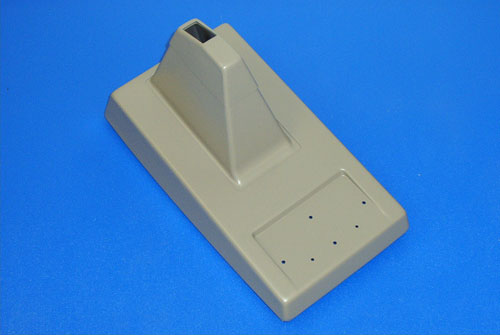






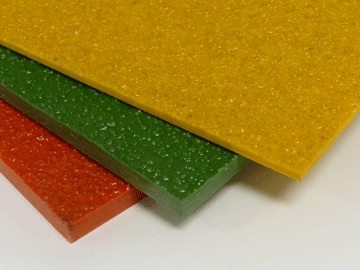 Fiberglass Fabricators
Fiberglass Fabricators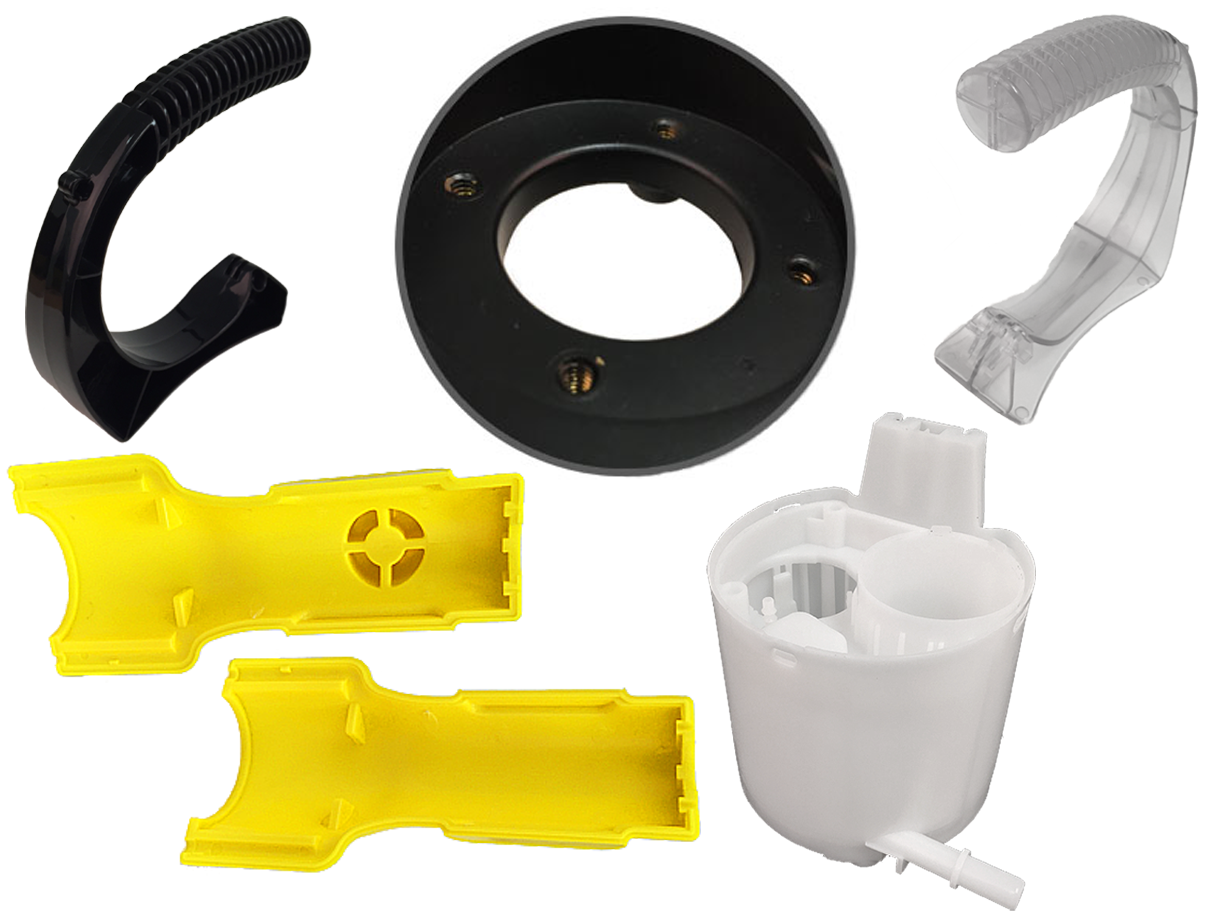 Injection Molded Plastics
Injection Molded Plastics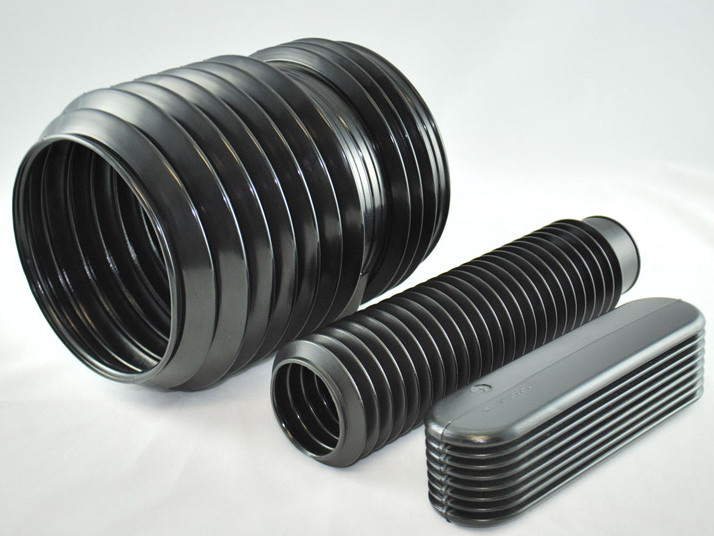 Plastic Blow Molding
Plastic Blow Molding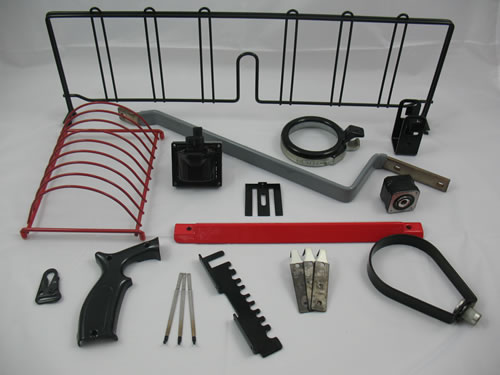 Plastic Dip Molding
Plastic Dip Molding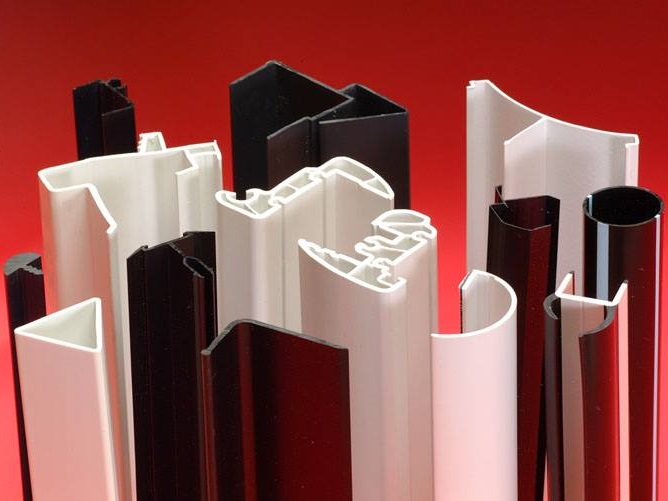 Plastic Extrusions
Plastic Extrusions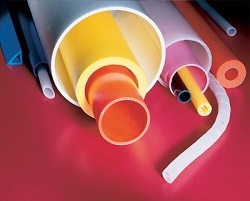 Plastic Tubing
Plastic Tubing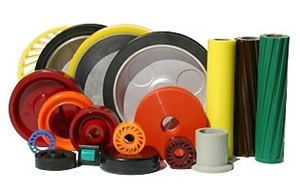 Polyurethane Molding
Polyurethane Molding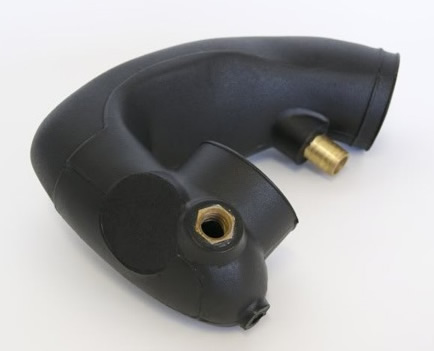 Rotational Molding
Rotational Molding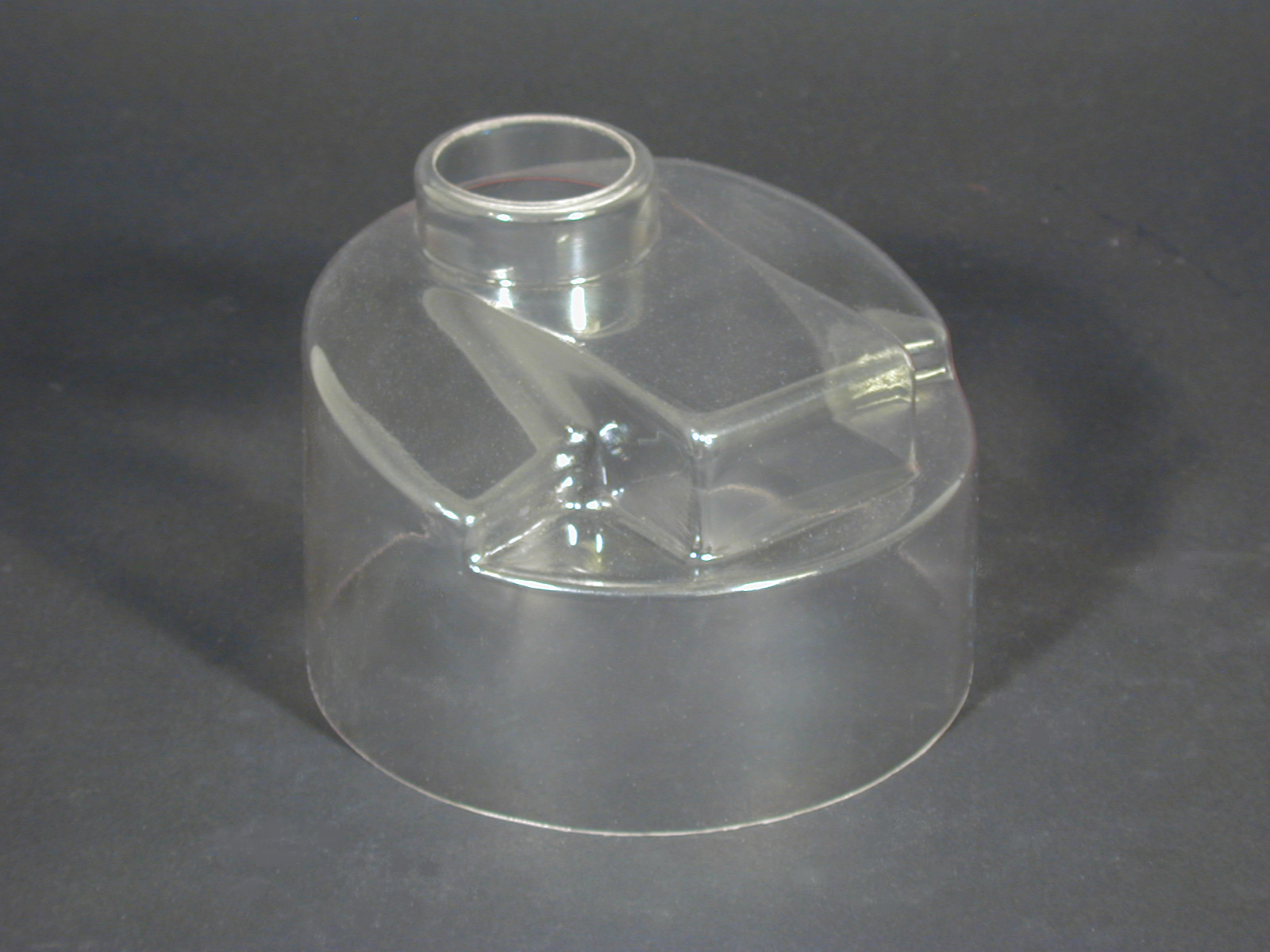 Vacuum Forming
Vacuum Forming Castings & Forgings
Castings & Forgings Bulk Material Handling
Bulk Material Handling Electrical & Electronic Components
Electrical & Electronic Components Flow Instrumentation
Flow Instrumentation Hardware
Hardware Material Handling Equipment
Material Handling Equipment Metal Cutting Services
Metal Cutting Services Metal Forming Services
Metal Forming Services Metal Suppliers
Metal Suppliers Motion Control Products
Motion Control Products Plant & Facility Equipment
Plant & Facility Equipment Plant & Facility Supplies
Plant & Facility Supplies Plastic Molding Processes
Plastic Molding Processes Pumps & Valves
Pumps & Valves Recycling Equipment
Recycling Equipment Rubber Products & Services
Rubber Products & Services